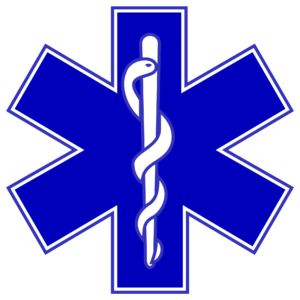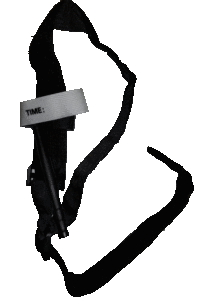When I run a shooting course, I always have a medical kit on the range with me. In fact, I keep a small “stop-the -bleed kit attached to my range bag, so it is always with me. The kit includes two tourniquets (different styles), gauze, tape, hemostatic agent, scissors, band aids and more.
Do I expect Armageddon or a weekly bloodbath on our ranges? Has society gotten so crazy that we all need emergency medical training? 
Definitely not! We absolutely do not expect to require first responder type emergencies on our ranges. We are extremely careful when handling firearms and follow strict safety protocols. The only type of medical needs we usually have on our ranges can usually be treated with disinfectant and band aids. We are much more concerned about someone having a heart attack or a stroke or suffer heat stroke or fall down and scrape a knee or whack their head on something on the range than we are about gunshot wounds on the range.
We take these courses to prepare us for everyday life. Absolutely, without any doubt, every one of us needs to be trained in basic first aid, cardiopulmonary resuscitation (CPR) and the use of automated external defibrillator (AED).
In life things happen. My wife and I were at a Jimmy Buffett concert at Fenway Park waiting in line for a beverage when a man collapsed behind us. As it turns out, he simply passed out, but no one knew that when he went down. Right away a number of people came to his aid and cared for him until the paramedics arrived. Only basic first aid was required.
On another occasion we were driving on I-495 North of Boston in stop & go fast then stop traffic when a van caught a soft shoulder and overturned on the median. I was the first to get to the overturned van. A bunch of other people also ran to help the driver (not wearing a seatbelt), who bounced around the inside of the van. He was dazed but had no outward injuries. EMTs arrived shortly and took care of him. It could have been much worse in which case, I was prepared. I had my emergency stop-the-bleed kit (tourniquet, hemostatic agent, gauze, etc.) in the car. Don’t leave home without one.

Several years back, the Marathon bombing had a huge impact on everyone in the country and especially on those of us who have been at the finish line for previous marathons. It was incredibly moving to see the tragedy unfold. In an extraordinary example of humans acting humanely without fear for themselves, ordinary civilians went to the victims to assist. Side by side with the police and EMTs, regular people tended to the wounded. Post tragedy, it was determined that the most important item that saved lives was the rapid application of tourniquets (many improvised). A good reason to carry a “stop-the-bleed” kit.
You don’t necessarily need stop-the-bleed training, but you do need to be trained in basic first aid, CPR and the use of AEDs. The life you save may be someone very important to you (like me). It is the responsible thing to do.
